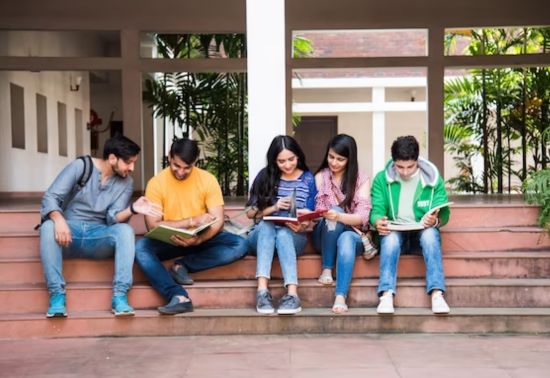NEP 2020: Where do we stand in achieving the overarching goal of ensuring universal access to high-quality education in India?


The National Education Policy (NEP) 2020 aims to provide access to high-quality education across the country, but “access” and “high-quality” are only applicable to the specific agenda set out in it. What happens if your needs for education are simply very different from what is termed “High-quality” education? Who will define the parameters for disadvantaged groups? NEP 2020 has been a step in this direction, with its clear emphasis on pedagogical innovation and inclusivity.
Nonetheless, it's crucial to examine if the terms 'high-quality ' and 'universal access’ as defined within the NEP truly address the root causes of issues in our education system and cater to the diverse needs and unique aspirations of all learners.
While the scope of the NEP 2020 is vast, this article focuses on inclusive access to high-quality education for all. It examines the experiences of marginalized children and looks at linguistic and cultural diversity as well as digital divides.
Socio-Economically disadvantaged children:
Ensuring educational access for socio-economically disadvantaged communities (SEDCs) is a formidable challenge in India's diverse landscape. According to the 2018 National Sample Survey Office (NSSO), as many as 40% of children aged 6-13 years from these communities were out of school.
The NEP 2020 aims to support SEDCs through scholarships and financial assistance while recognizing the need for training on employable skills. The policy highlights state collaboration with industry to ensure relevant job market training for these communities.
Children with disabilities:
UNESCO 2019 data reveals a dismal reality for this demographic: only 27% of disabled children in India are enrolled in school, compared to 83% without disabilities. NEP 2020 addresses this gap by emphasizing on the establishment of resource rooms, teacher training and the integration of disabled students into regular classrooms. It is, however, also key to address deeply ingrained prejudices against the disabled and provide vocational skills to equip them with livelihood opportunities, thereby embracing a more comprehensive definition of "high-quality" education beyond traditional academics.
Visually impaired children:
India is home to over 20% of the world's blind population, including a significant number of blind children from poor families with limited access to specialized schools. The NEP 2020 is the first to address their needs, emphasizing assistive technologies like Braille and inclusive curricula. Yet, more must be done to tackle the shortage of trained teachers and provide comprehensive support for Braille usage. Transformative change requires incorporating specific strategies for equipping visually impaired children with vocational skills.
Literacy rate in female children:
Building on the significant progress in female literacy rates, the NEP 2020 takes a commendable step in addressing challenges such as gender discrimination and limited access to sanitary facilities, key reasons for girls dropping out of schools in India. To keep the momentum, it would be critical to promote gender-sensitive teaching practices and cultivate gender-equal mindsets for fostering an inclusive environment. A holistic vision of high-quality education should encompass gender-sensitive pedagogies, helping to create the women leaders of tomorrow. Mentorship programs can also help girls to aspire for excellence, and empower them to become agents of positive change in society.
Linguistic and cultural diversity:
India boasts a rich tapestry of languages and cultures. To fully embrace this aspect, the policy could consider striking a balance between promoting cultural and linguistic diversity and the standardized nationwide curriculum. By doing so, the NEP can create a more comprehensive and enriched educational experience for all students, that fosters inclusivity and pluralism while building strong knowledge foundations.
Embracing technological advancements:
In tune with the times, the NEP demonstrates its commitment to leveraging digital technology for education, a very positive step towards modernizing the learning process. The challenge lies in bridging the digital divide-millions of students still lack reliable internet access and devices. Industry and government should come together to invest in digital infrastructure, to further reduce the risk of perpetuating educational inequalities based on socio-economic disparities.
The NEP 2020 marks a positive step towards inclusivity and universal access. To truly achieve these goals, it is crucial for any educational policy to go beyond a one-size-fits-all approach. Embracing our nation's diversity and prioritizing the empowerment of marginalized communities, bridging gender disparities, leveraging technology, and supporting teachers as key changemakers are essential aspects for engendering transformative change.
About The Author: Prof. Arup Majumdar is currently working as an Associate Professor of Practice at BML Munjal University's School of Management. He has done B. Tech in Mechanical Engineering from IIT Kanpur and MBA in Marketing from IIM Ahmedabad. Over the course of his career, he has worked at notable companies such as Daikin India, Embraco, Danfoss, and Ernst & Young, to name a few.